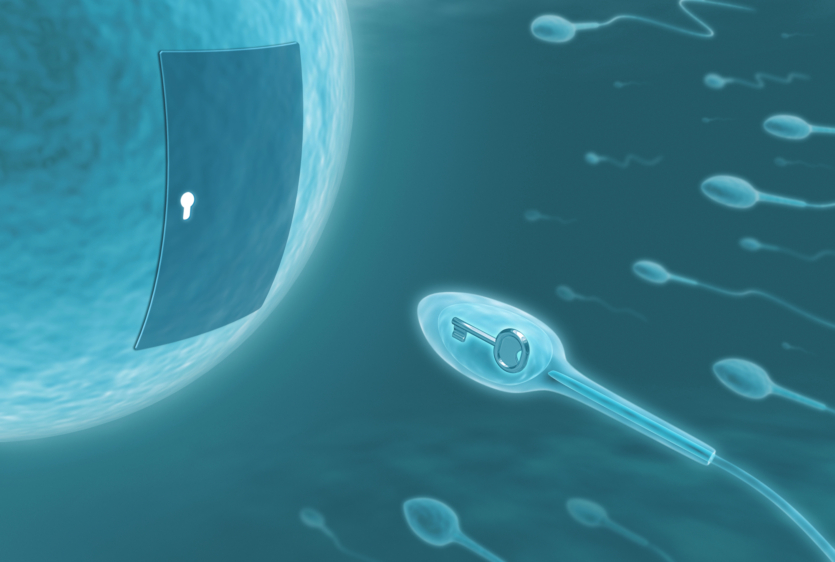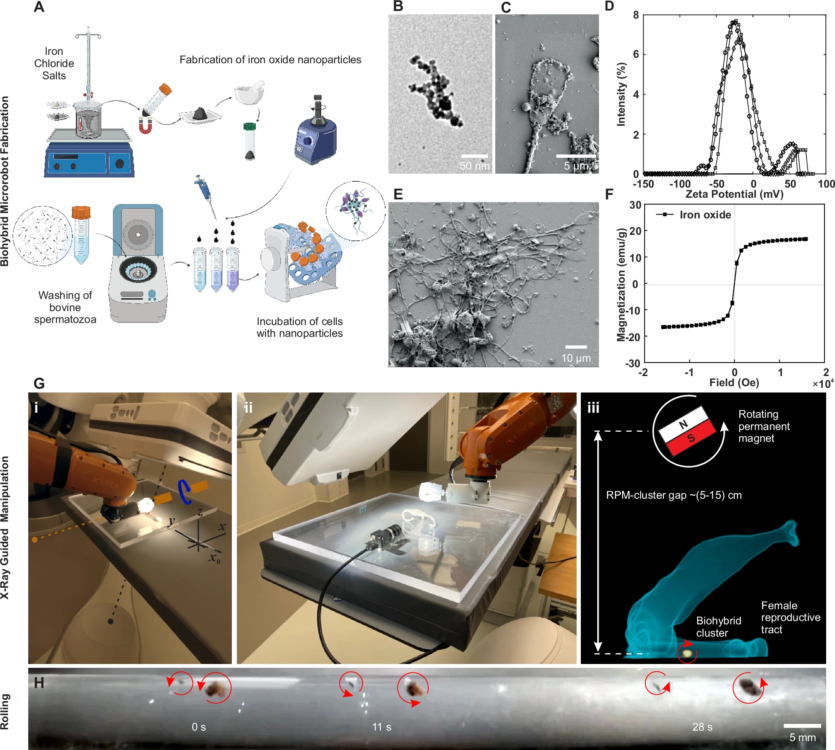
Researchers from the University of Twente in the Netherlands have covered sperm with magnetic nanoparticles to control them in real time.
These tiny biorobots someday may be used in reproductive medicine, to deliver drugs to the body, and in the diagnosis of infertility. The researchers created controlled sperm from bull sperm and demonstrated, that they can control them inside an anatomical model of the female reproductive system and track their development using X-rays.
“We are turning natural cell delivery systems into programmable microrobots. Until now, it was almost impossible to visualize sperm inside the body“, — says the lead author of the study Islam Khalil.
According to the researchers, controlled by magnets sperm can deliver drugs directly to the uterus, fallopian tubes, and other complex parts of the female reproductive system. Scientists are convinced, that this can facilitate the treatment of serious diseases, such as uterine cancer and fibroids.

In 2020 Islam Khalil was a member of the research team, that presented of biohybrid magnetic sperm microrobots. In the new study, researchers found, that increasing the concentration of iron oxide nanoparticles on the surface of these microrobots improved their ability to detect and control them, ensuring, that they do not damage the uterus.
It is noted, that spermatozoa microrobots showed, no toxicity to human uterine cells after at least 72 hours of exposure. The researchers tested their microrobots on a 3D-printed models of the female reproductive tract, using an external magnetic field to move these microrobots from the surrogate cervix through the cavity to the fallopian tubes, where fertilization most often occurs.
They found, that the movements of the controlled sperm could be tracked using real-time X-rays, which is not possible with real sperm. The authors of the study emphasize, that the lack of ability to track the movement of sperm in real time made it very difficult to understand the issues, related to reproductive health and infertility treatment. The researchers noted, that a non-invasive way to track sperm could help them better understand, for example, sperm transport systems and male infertility.
The results of the study are published in the journal Robotics
Source: Livescience

Spelling error report
The following text will be sent to our editors: